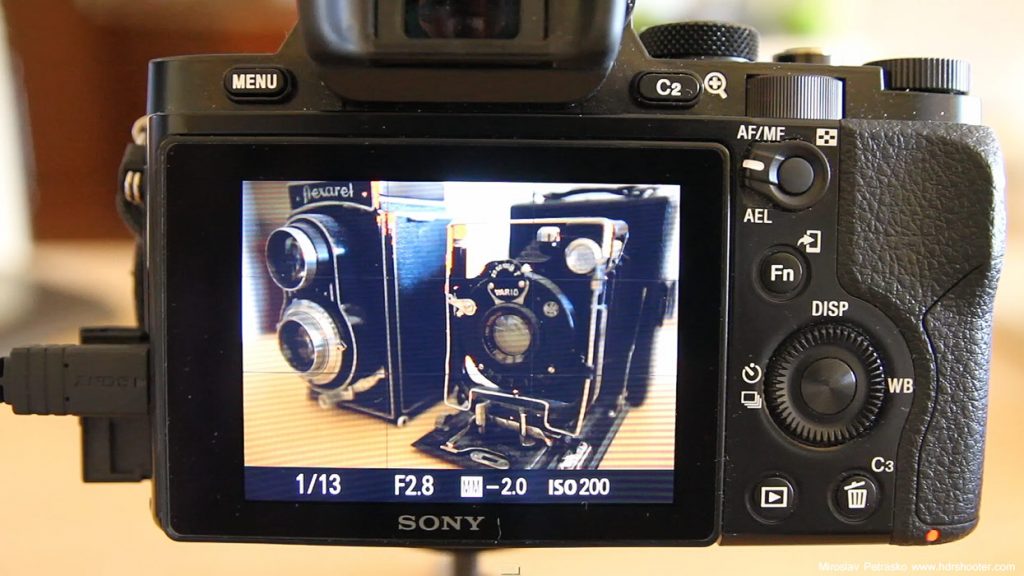I don’t know why, but always when I order stuff, it all comes on the same day. It’s never like every day something, it’s all the same day :) But it’s always fun to get some new toys to play with, isn’t it :)
So today my new tripod and ball head arrived, with few more smaller things I needed to go with it. Since I’m switching from a Manfrotto attachment to a more traditional Arca Swiss attachment, I also had to get few extra plates and more :)
I plan to add reviews of everything over time (I need to try it out in work conditions first), but for now, here are some of the photo from the unboxing, and also an unboxing video. Some people tend to find unboxing videos worthless, but I disagree. Sometime it’s very hard to find out what everything is in the package, and a good unboxing video is a great help there. Like here, I needed a second quick release plate, and I could not find anywhere if there is one bundled with the ball head or isn’t.
This pile will be a nice replacement for my already very old Manfrotto 190XproB with the 496rc2 Compact Ball Head, which I used for the last 6-7 year. It still works nicely, only has to be tightened quite often, and has quite a few scrapes all over it :) So what all I got now? The new tripod is the Gitzo GT2542 4 section carbon tripod, from the Mountaineer series. To go with it, I got the Sunwayfoto XB-44 ball head with a replacemetn Sunwayfoto DLC-50 Knob/Lever Combo Clamp, a DPG-39 Universal Quick-Release Plate, DPL-01 Universal L-type Quick-Release Plate and the DMP-200L Multi-Purpose Rail Nodal Slide, all from Sunwayphoto. I hope I haven’t forgot anything while ordering it :)
So await reviews of all of this (together with the Sony a7R and the Metabones adapter) in the next weeks.













 Today, I will show you how to take multiple brackets for HDR using the in camera auto exposure of the Sony a7R, and also how to do it manually, by changing the shutter speed on the camera.
Today, I will show you how to take multiple brackets for HDR using the in camera auto exposure of the Sony a7R, and also how to do it manually, by changing the shutter speed on the camera.




